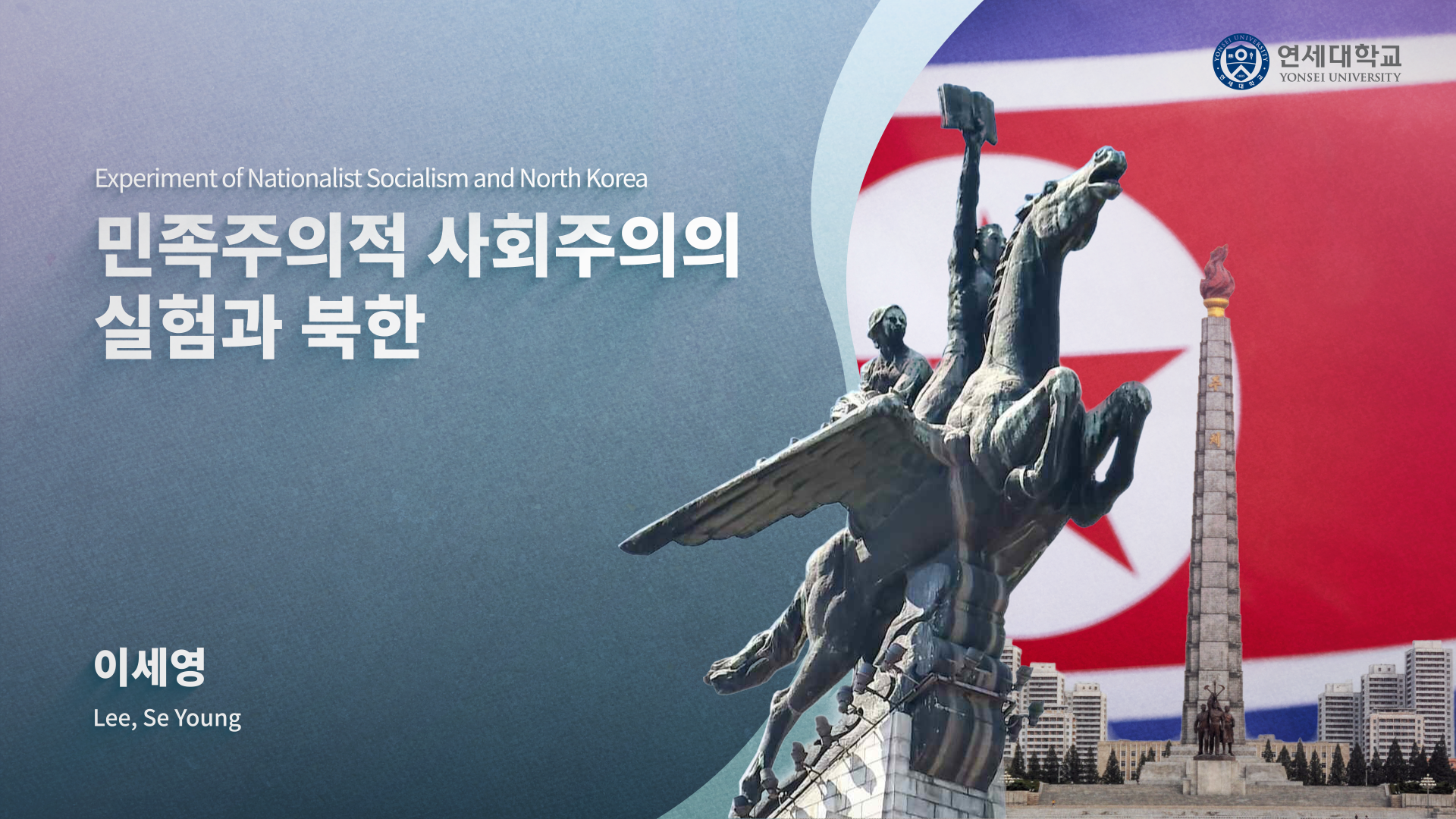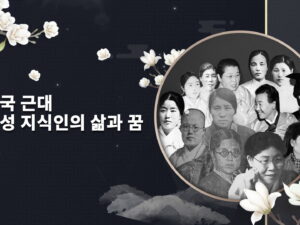Experiment of Nationalist Socialism and North Korea
This course examines the history of the Democratic People's Republic of Korea from the 1940s to the 1960s and explores ...
Show more
Instructor
igkslms
- Description
- Curriculum
- Notice

Course Introduction
This course examines the history of the Democratic People’s Republic of Korea from the 1940s to the 1960s and explores the causes and processes that led to the formation of its unique style of socialism.
Learning Objectives
1. Students will explain in detail the history of North Korea from the 1940s to the 1960s.
2. Students will understand the causes and consequences that led to the formation of North Korea’s distinctive socialist system.
1. Liberation and Social Change
2. Democratic National Culture and the Separate Governments of a Divided Nation
3. Korean War and Its Influence
-
93-1. Origins and Unfolding of the Korean War (1)
-
103-2. Origins and Unfolding of the Korean War (2)
-
113-3. The Strengthening of Kim Il-sung’s Power during the Korean War
-
123-4. Armistice Talks
-
133-5. Wartime Production and Post-war Recovery (1)
-
143-6. Wartime Production and Post-war Recovery (2)
4. Power Struggles in the 1950s and the Search for Juche
5. The Path to Socialism: Industrialization and Agricultural Collectivization
-
195-1. The Issue of Securing New Workers and the Task of Increasing Productivity after the War
-
205-2. Implementation of the First 5-Year Plan and the Collective Innovation Movement, or the Cheollima Campaign
-
215-3. Efforts to Build a “Self-Reliant Economy”
-
225-4. Agricultural Collectivization and Cooperation of Individual Commercial and Industrial Activities
6. Cheollima Work Group Campaign and the Future of Communism
-
236-1. Declaration of the Completion of the Socialist Transition and the Proposal of the Cheollima Work Group Campaign
-
246-2. Cheollima Work Group Leader Gil Hwak-sil and “Human Reform”
-
256-3. Obsession with Speed and the Acclamation of Self-Sacrifice
-
266-4. The Cheongsan-ri Method and the Daean Work System
7. Conflict between the North Korea, China, and the Soviet Union, and North Korea’s Independent Diplomacy
8. The Country of Juche Ideology
-
318-1. The First Seven-Year Plan and the Parallel Development of Economy and Defense
-
328-2. Search for Self-Reliant Socialism: Creating Scientific Technology from a Juche-mind
-
338-3. Emergence of the “Juche Ideology”
-
348-4. The 1967 Gapsan Faction Purge and the Completion of the Supreme Leader System
Lee, Se Young
Research Professor, Institute of Korean Studies, Yonsei University










